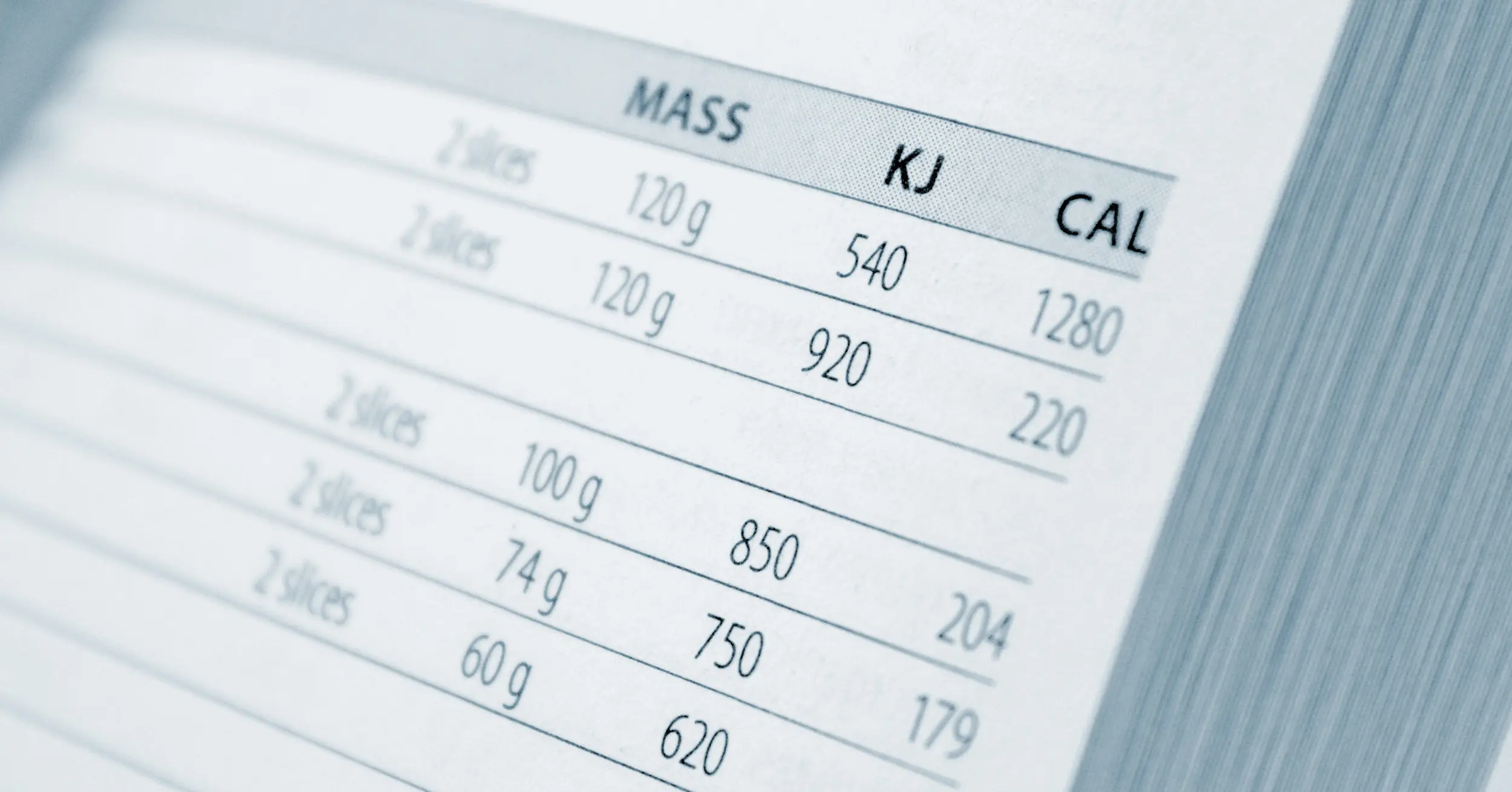Do you want to burn a lot of energy during your workout? Then EMS training is just the right thing for you: the electrical impulses provide an increased muscle activation during your workout - and of course you also burn additional calories.
The innovative full-body suit from myostyle is particularly effective and comfortable, ensuring that all important muscle groups are covered and the after-burn effects are optimized.
Train less, burn more calories: The added value of EMS training in direct comparison
Either a bikini figure or a six-pack - achieving an attractive, slim body is an important motivation for many people when it comes to fitness training. As a result, people often ask about the calorie consumption of the different types of sport and training methods.
To begin with: Certain types of sport are not as specific in terms of calorie consumption as is often suggested.
The first is that the athletic load can only be given with average values. Even with comparatively concrete data - such as jogging at 12 km/h - the running surface, inclines and headwinds are not considered. The load is even more variable for volleyball & co.
Second, the individual influencing factors can only be determined in an incomplete manner. Even " individual calorie calculators", which take gender, age and weight into account, are not capable of calculating other values that are difficult to measure, such as personal muscle composition.
- Therefore, information on calorie consumption can only be used as a guideline. Of course, this also applies to EMS training: a recent scientific study shows that averagely trained men achieve an energy consumption of 412 calories with 16 minutes of EMS training - this corresponds to 515 calories calculated for 20 minutes (Journal of Strength and Conditioning Research).
- For the EMS training with myostyle we have intentionally calculated in a conservative way: 400 calories for 20 minutes of training is definitely achievable. But of course, the calorie consumption varies depending on the selected program and your personal factors. The intention is not to advertise exaggerated values, but to make an honest and fair statement.
Certainly, exercise with EMS is compared favorably with other types of sport. The following table shows the energy requirements for some popular activities, each for 20 minutes of training:
| Sport | Consumption in kcal
(20 min) |
||
| EMS Training | 515 | ||
| Cross-Country Skiing (hilly terrain, high speed) | 373 | ||
| Jogging (12 km/h) | 280 | ||
| Football, Handball | 186 | ||
| Swimming (Breaststroke/Crawl, medium Tempo) | 160 | ||
| Cycling (15-18 km/h) | 133 | ||
| Strength training | 126 | ||
| (Source: Statista/TK) |
You can see that with EMS training you can - on average! - burn significantly more calories than with other sports. Why this is so is easy to explain!
This is why you burn more calories with EMS
The number of calories you burn during a workout depends on the intensity of your training: The harder the muscles work, the more calories you burn.
The increased training intensity and the higher calorie consumption of EMS training are based on the additional muscle stimulation through electrical training impulses:
- With conventional workouts, your muscles are only activated by the exercises, e.g. squats or push-ups.
- The EMS workout puts two kinds of strain on your muscles, the first is through the actual exercises and the second is through the training impulses that trigger repeated muscle contractions.
- With conventional strength training, you often spend a lot of time training individual muscles or muscle groups - or with dumbbell curls for the biceps. When training in the myostyle full-body suit, you activate almost 100 % of your muscles - no other sport can do that!
The higher calorie consumption during EMS training compared to conventional workouts was also proven in a direct comparison (see the study cited above in the Journal of Strength and Conditioning Research).
EMS training with the myostyle Smart App: All calories at a glance
The myostyle Smart Suit offers you a special advantage: With the app you can always keep an eye on your calorie consumption!
- To create your personal account, you will be asked for all the important factors: Age, Weight and Height, in order to get the most accurate estimation as possible.
- This data is used to calculate your individual calorie consumption for each completed workout - depending on the selected training program, of course.
- You also have an overview of your previous workouts and all the calories you have successfully burnt via the training history!
Loose calories even after a workout: Benefit from the afterburn effect
The fact that you burn more calories working out than chilling out is obvious - but did you know that your body continues to run at full speed *AFTER* the workout, even when you're already back on the sofa?
This is because of the so-called after-burn effect, or excess post-exercise oxygen consumption (EPOC). Several factors play a role here:
- As a result, breathing and pulse are increased for a while after the workout.
- The hormone balance is stimulated by physical training.
- The stressed muscle fibers are repaired and rebuilt.
... and of course, all this consumes energy!
Afterburn effect is highest in the first hour after training and lasts 24-48 hours according to current findings.
Therefore, the more intense the workout and the more muscles were used during the workout, the stronger the afterburn effect. In this regard, EMS training also scores points, both through the intensity of the training and the activation of deep muscle layers, which you can only reach with difficulty with conventional exercises.
Full body suit vs. vest: Which EMS workout burns more calories?
The myostyle Smart Suit is a modern full body suit that allows you to activate all the major muscle groups of your body while working out:
- Upper arms and Shoulders
- Abdomen and Back
- Hip, Buttocks and Thigh
In this way, you maximize your training intensity and thus also the calorie consumption - both during the workout itself and afterwards, during the afterburn effect.
The EMS vests or EMS belts, however, only cover the upper part of the body or the waist, and can therefore only activate the abdominal and back muscles. A real full-body workout cannot be achieved with these - not even with accessories, such as the straps for the arms and legs, which are sometimes included.
These points affect your calorie consumption
As stated above: The data on calorie consumption by certain sports are always average values.
These allow reliable comparisons - for example, the statement that you burn more calories with 20 minutes of EMS training than with 20 minutes of swimming. Your individual calorie consumption can vary above or below the general average, depending on factors such as age, gender, weight, and muscle mass.
Basal Metabolic Rate and Performance Metabolic Rate: This is how your energy balance is calculated
Generally, when we talk about calorie and energy burning, we differentiate between two values: Basal Metabolic Rate and Performance Metabolic Rate.
The Basal Metabolic Rate describes the amount of energy your body uses within 24 hours at complete rest in a warm environment - in other words, just to maintain basic bodily functions such as metabolism, brain activity, breathing, and heartbeat.
The Performance Metabolic Rate, on the other hand, indicates how much energy you consume in addition to the basal metabolic rate through your daily activities. There are different activity classes, to which the so-called PAL value (Physical Activity Level) is assigned, for example:
- Sleeping = Basal Metabolic Rate * 0.95
- Sedentary, with little physical activity = Basal Metabolic Rate * 1.2
- mainly standing and walking = Basal Metabolic Rate * 1.8 - 1.9
- strenuous physical work = Basal Metabolic Rate * 2.0 - 2.4
In order to calculate your Performance Metabolism, you first note how many hours per day (24 h) you spend with which activity class and multiply the number of hours with the corresponding PAL value. Then add up all the values and divide the total by 24.
Individual factors influence how fast you burn calories
Calorie consumption varies from person to person, starting with basal metabolic rate. The most important individual factors influencing your calorie consumption at rest are:
- Gender
- Age
- Weight
- Height
- Muscle mass
In addition, certain stages of life, such as the growth phase, pregnancy and breastfeeding, are associated with a higher energy requirement. In addition, external factors such as stress, illnesses and medications can influence your basal metabolic rate.
Even your diet has an impact on calorie consumption
The food you eat every day not only determines how many calories you consume, but can also influence your individual calorie consumption. This is because of the obligatory thermogenesis, meaning the fact that your body consumes energy during the digestion of each meal.
The digestion is a complex process in which every bite of food is broken down into basic molecules, partially metabolized and stored for later use. This requires energy - and thus a portion of the calories consumed is immediately used for their "digestion".
However, there are measurable differences regarding the individual macronutrients. The energy requirement is highest for the utilization of protein-rich food, and lowest for fat-rich food:
- 15-20 % for protein (some sources even mention 30-40 %)
- 5-10 % for carbohydrates
- 2-4 % for fats
And this is another argument to pay attention to a well-balanced ratio of macronutrients when compiling your menu!

